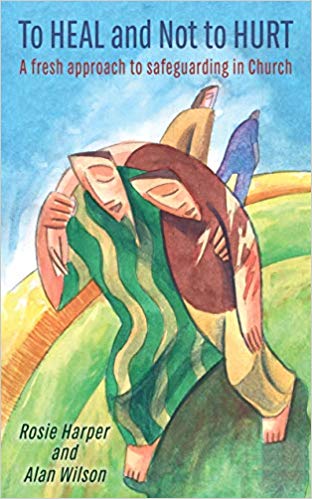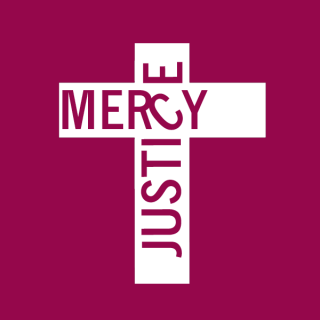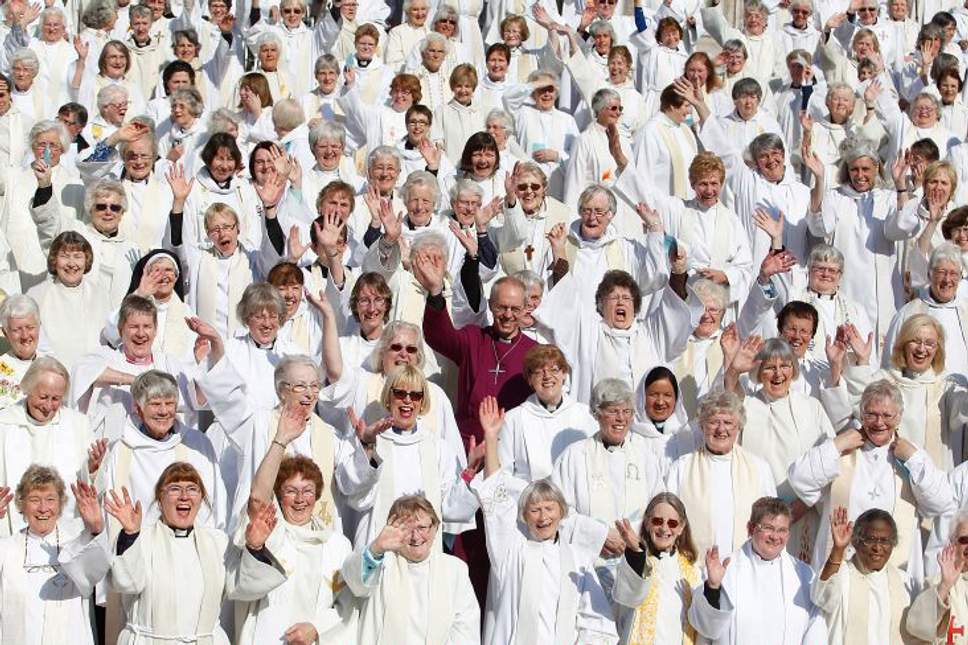
Some months ago, I decided to offer to the International Cultic Studies Association a paper on ‘institutional narcissism’ for their gathering this July in Manchester. The proposal was accepted on the basis of a three-hundred-word synopsis. Since then I have been trying to work out exactly how the paper should run.
The outline of my idea is this. Narcissism (in its full-blown version, Narcissistic Personality Disorder NPD) is the result of a deficit in the sense of ‘self’. This is caused being at the wrong end of neglectful or over-indulgent forms of parenting when young. The narcissist is someone who is hungry for attention and needs his/her inner core ‘fed’ by others. Along the way he/she will develop a variety of strategies to achieve the manipulation and milking of other people for his own purposes. Some of these techniques are deployed while adopting a stance of overweening confidence and strength. Another variant of NPD will seek to control others from a position of pathetic neediness. The confident overt narcissist is one that is often found at the top of successful organisations or religious institutions. This is why the disorder is so important to understand for those who study the dynamics of religious organisations. Every time we encounter power abuse or dysfunction in a church – a common problem – it is always worth looking for the tell-tale signs of narcissistic behaviour among those in charge.
My personal thinking about narcissism in the church has now moved on further. It is no longer just about narcissistically inclined people using their position of power in the church to achieve a feeding of their inner core. I have now come to see that this bolstering of inwardly fragile personalities is not only achieved through dominating relationships. Every reader of this blog will be able to think of people who use their position of being ‘in charge’ as a way of holding their inner self together. My newer insight is to see that the institutional structure of the Church is itself a narcissistic feeding point. Whenever I speak about institutional narcissism (IN), I am referring to the fact that the institution (here the Church) is the source of numerous ways of propping up and bolstering individuals. It does this by providing a variety of titles, rituals and institutional rewards for those who serve it loyally.
About thirty years ago I was persuaded by my parish sacristan to attend a Glastonbury festival. Parading through the streets of the town wearing a cope gave me the strange feeling of being on a stage. This analogy of being an actor in a drama made me wonder about what is going on when every eucharist is effectively treated as a stage play. In Catholic teaching the priesthood offers the individual the chance to become in some sense Christ himself, an alter Christus. In whatever way you expound this theological position, this teaching is probably not a healthy one for a sufferer of NPD. The upper ranks of Anglicanism and Catholicism also provide many other opportunities for being a ‘superior’ person. I am not of course suggesting that every Canon, Dean or Bishop is guilty of using their position to claim inappropriate power over people. Sadly, some do. I have described in previous posts the related idea of ‘acquired situational narcissism’. This is a variant of NPD and what I am calling IN which suggests that becoming famous or important through status or celebrity can change a person, allowing them to internalise the damaging traits of narcissistic behaviour.
Institutional narcissism as an idea might be considered to be a less serious affliction than the normal kind. The cult leader with NPD who ruthlessly exploits his followers sexually and financially to boost his flagging sense of self is clearly a menace and a danger. The individual who enjoys ‘dressing up’ and being part of processions is not on the face of it a danger to anyone. But IN does have a serious and harmful side. Among the stories of survivors of clerical abuse are accounts of their interaction with bishops and other church leaders. It is hard to find stories where such contact with church leaders have led to a positive outcome. More typically, the story of an approach to a leader is followed at best by a long period of silence or active hostility at worst. The survivor wants the bishop to set in motion a process for inhibiting an abuser or allowing some other process of justice to unfold. Such an account of institutional misbehaviour can quite easily be felt to be a threat to the bishop himself. Why should this be? The usual answer to this is one that says that protecting the institution is a high priority for church leaders. My observation is that the church institution and the bishop’s identity are so closely bound up together that an attack on one is felt to be an attack on the other. Any weakening in the status of the whole church is a weakening of the personal power and status of each individual bishop. The more the bishop has invested his ‘self’ into the role, the more pain he might feel when listening to a survivor’s account recounting his abuse episode.
Among the stories shared by survivors about their encounters with authorities in the church are accounts of lost files, ‘forgotten’ conversations and denials. Instead of helpful pastoral engagements there has often been defensiveness and avoidance. If there are stories of good positive encounters with church authorities, these have not yet been codified into examples of good practice and commended to the wider church by such bodies as the National Safeguarding Team. No, the examples we have are those of individuals in charge feeling personally threatened and reacting accordingly.
Institutional narcissism, personal self-inflation through the use of acquired titles and rank, is an idea that I want to explore further. It helps me to understand the tension that is felt by those in leading positions in the church and the difficulty they have in dealing compassionately with the cries of the abused. A year ago, when Janet Fife wrote her response to the open letter of the Archbishops in connection with safeguarding, she challenged the formality in the way it was written. She suggested to the Archbishops that, when talking about pain and abuse and referring to themselves as brothers, the use of formal titles was inappropriate. Hiding behind titles and rank leads all too easily to a public disengagement that is a real problem for the church at present. The people of Britain will never respond if they feel they are being spoken down to. That also has been the normal experience of survivors as they meet head-on the all too common institutional narcissism of our national church and its leaders.








